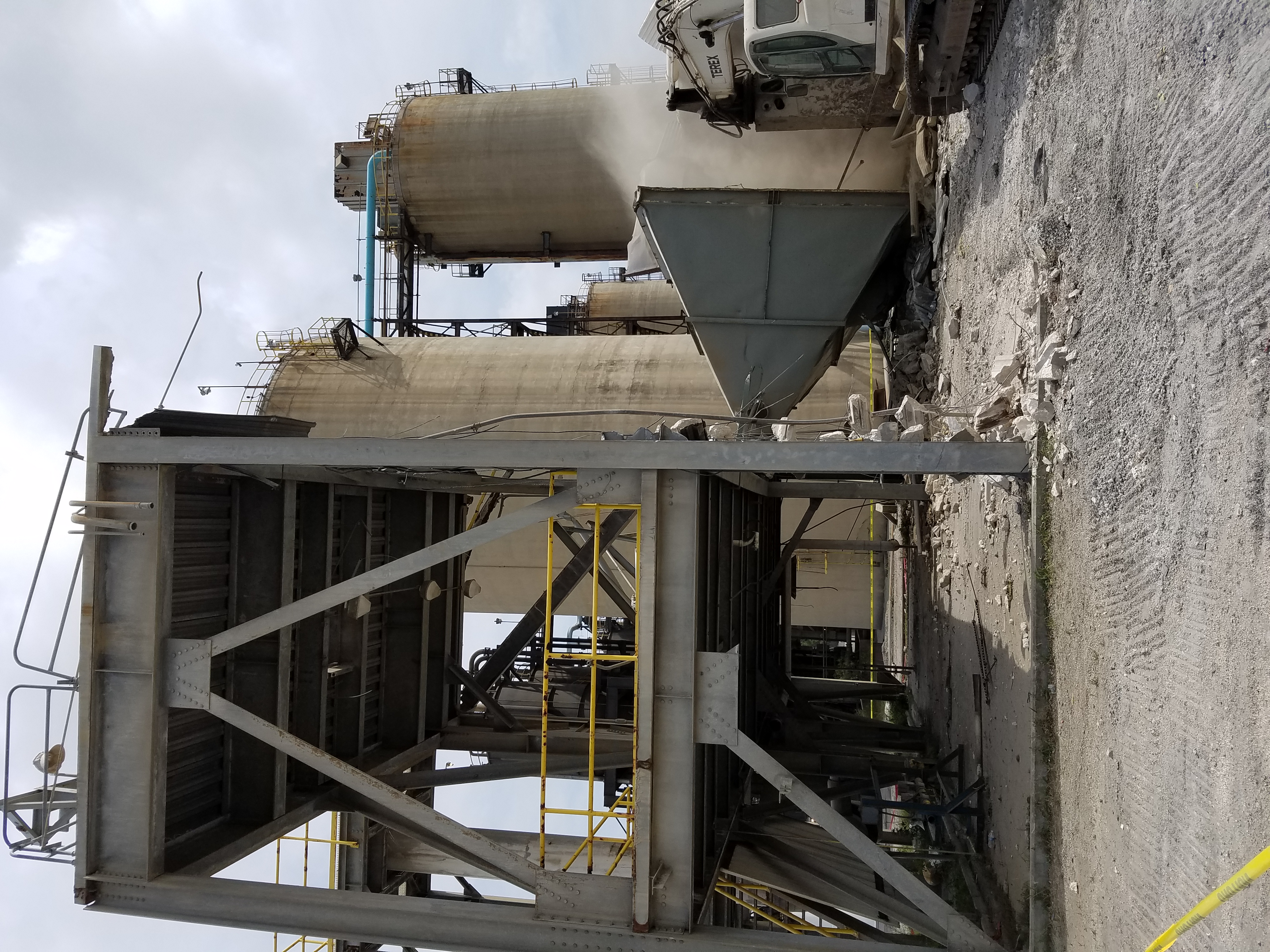
Materials Salvaged
When a demo recycling company undertakes the process of deconstruction, the primary objective is to salvage materials for reuse or recycling. These materials can vary based on the type and age of the structure being deconstructed, but the following are commonly salvaged:
Commonly Salvaged Materials
- Architectural Elements: Doors, windows, mantels, and moldings that can be reused in other structures or sold as vintage items.
- Wood: Beams, flooring, and other wooden structures which can be reused directly or processed for recycling.
- Metals: Copper piping, aluminum siding, and steel beams can be melted down and recycled into new products.
- Bricks and Masonry: Bricks, tiles, and certain stones can be cleaned and reused in new constructions or landscaping projects.
- Fixtures: Sinks, bathtubs, light fixtures, and hardware that are in good condition can be reused.
- Flooring: Hardwood floors, tiles, and certain types of carpet can be repurposed.
- Glass: Windows and certain glass fixtures can be reused or recycled.
- Insulation: Some types of insulation can be reused if they're still in good condition.
Benefits of Salvaging Materials
- Environmental Conservation: Reduces landfill waste and conserves natural resources.
- Cost Savings: Materials sold or reused can offset the cost of deconstruction.
- Reduction in Carbon Footprint: Repurposing materials often uses less energy than producing new ones.
- Preservation: Vintage architectural elements can preserve a piece of history in new constructions.
In conclusion, a demo recycling company not only contributes to environmental conservation through salvaging materials but also adds economic value by repurposing and selling reusable components. This approach supports the broader goals of sustainability and resource conservation in the construction and demolition industry.